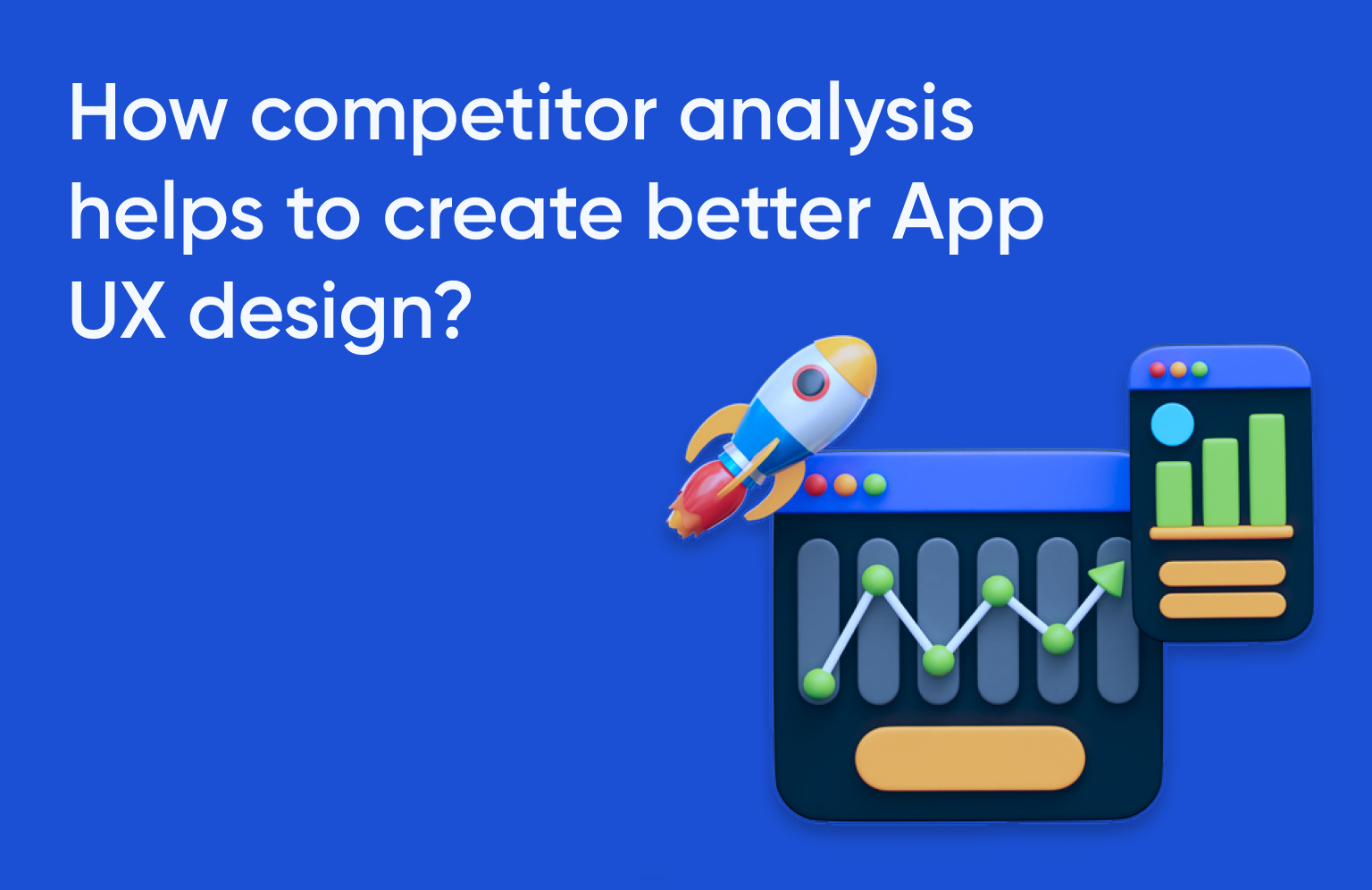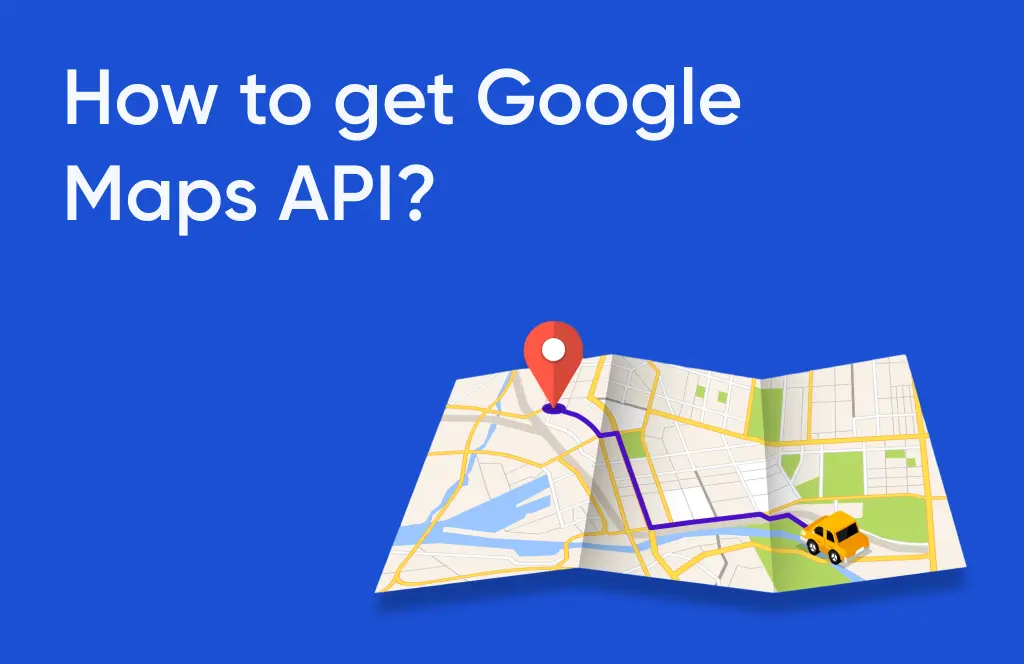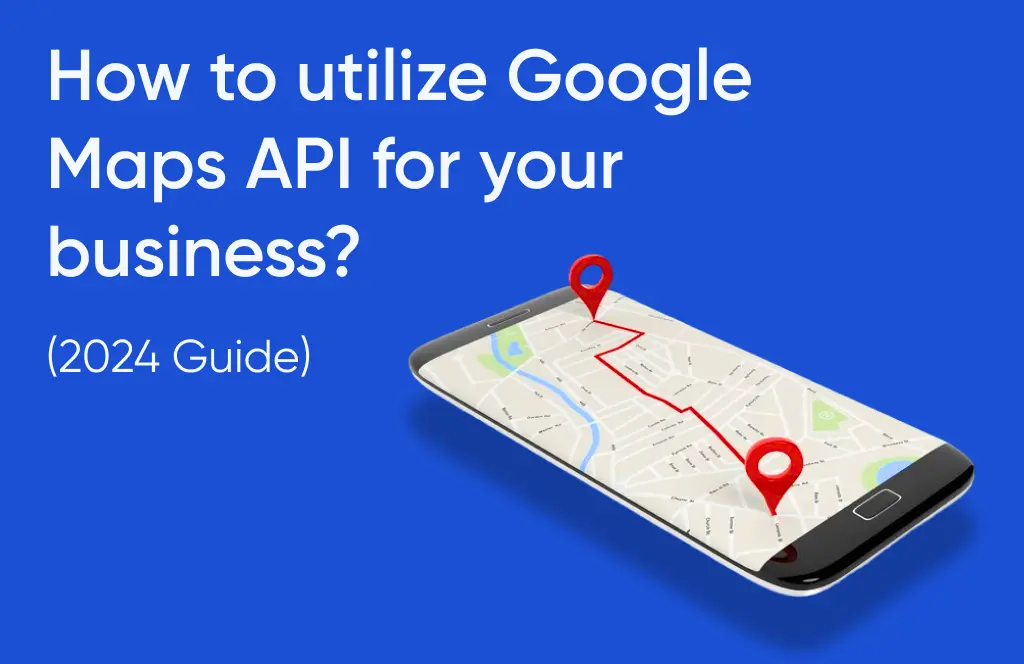One of the powerful tools that has revolutionized the way businesses interact with location data is the Google Maps Platform. With its versatile Application Programming Interface (API), developers can integrate the functionality of Google Maps seamlessly into their websites and applications, opening up a plethora of opportunities to enhance user experience and drive business growth.
Understanding the Google Maps API
The Google Maps API is a set of programming instructions that grants developers access to the wealth of data and functionality offered by Google Maps. From displaying interactive maps to finding directions and locating businesses, the API empowers developers to leverage Google’s extensive mapping capabilities within their digital platforms.
Key Features of Google Maps API
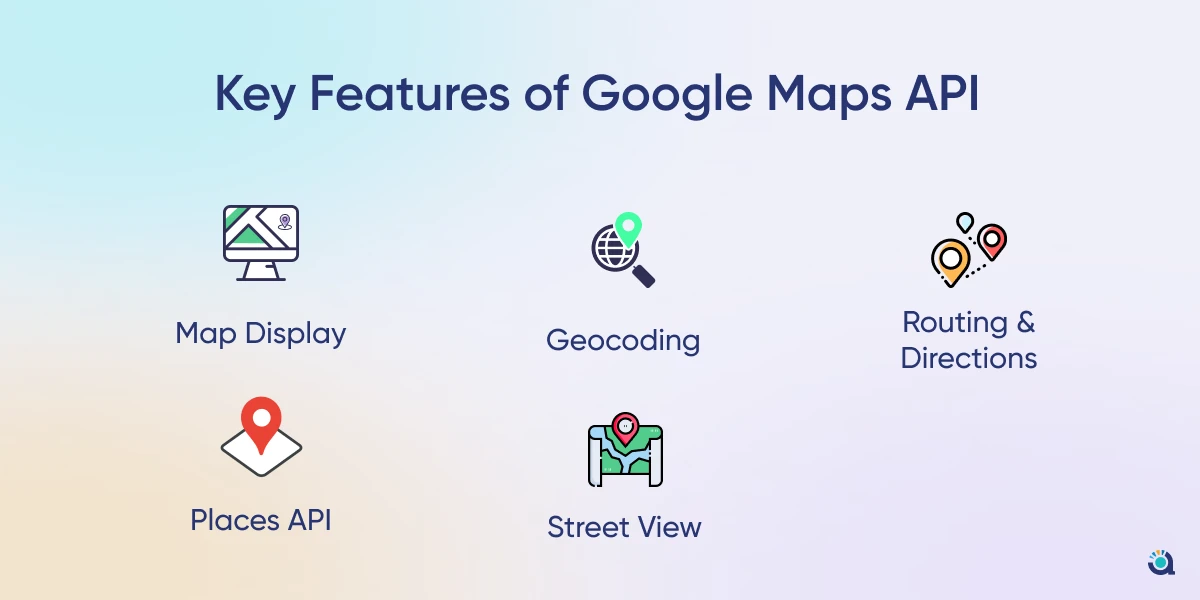
Google Maps API Feature 1: Map Display
Integrate dynamic and interactive maps into your website or application to provide users with a visual representation of geographic data.
Google Maps API Feature 2: Geocoding
Convert addresses into geographic coordinates (latitude and longitude) and vice versa, enabling precise location-based services.
Google Maps API Feature 3: Routing and Directions
Offer users accurate directions between multiple locations, complete with various transportation modes and real-time traffic information.
Google Maps API Feature 4: Places API
Access detailed information about millions of businesses, landmarks, and points of interest worldwide, facilitating location-based search and discovery.
Google Maps API Feature 5: Street View
Embed immersive street-level imagery into your application, allowing users to explore and navigate real-world locations virtually.
How to Leverage Google Maps API for Business?
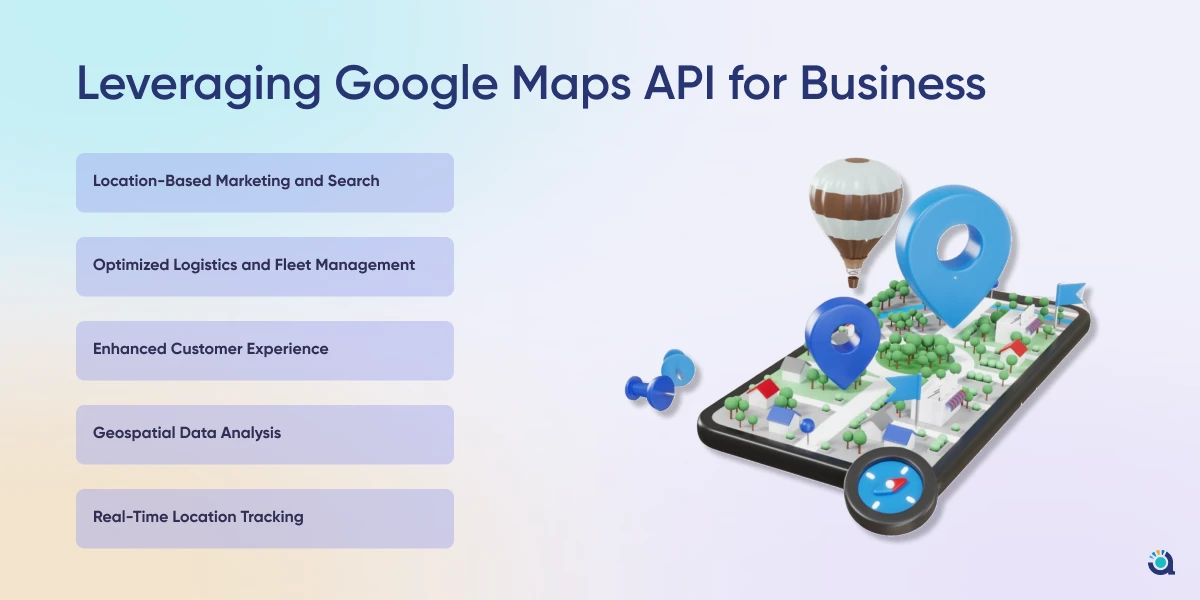
One of the most common applications of the Google Maps API in the business realm is facilitating location-based services and enhancing customer engagement. Here’s how you can harness the power of Google Maps Platform to benefit your business:
1. Location-Based Marketing and Search:
Integrate the Places API into your website or mobile app to enable users to discover nearby businesses, restaurants, hotels, and other points of interest. Implement features like “find businesses near me” to provide personalized recommendations based on the user’s current location, driving foot traffic to local establishments.
2. Optimized Logistics and Fleet Management:
For businesses involved in transportation or delivery services, leverage the Routing and Directions API to optimize route planning and streamline fleet management operations. Calculate the most efficient routes, considering factors such as traffic conditions, distance, and vehicle restrictions, to ensure timely deliveries and cost savings.
3. Enhanced Customer Experience:
Embed interactive maps within your e-commerce platform to facilitate seamless location-based shopping experiences. Allow customers to visualize store locations, check product availability, and even reserve items for in-store pickup, thereby bridging the gap between online and offline shopping channels.
4. Geospatial Data Analysis:
Utilize the Geocoding API to enrich your business intelligence efforts by geocoding customer addresses, analyzing geographic trends, and visualizing spatial data. Gain valuable insights into customer demographics, market penetration, and competitor locations to inform strategic decision-making and marketing campaigns.
5. Real-Time Location Tracking:
Integrate the Google Maps API with your mobile applications to enable real-time location tracking and geofencing capabilities. Enhance safety and security for on-demand services, fleet tracking, or field service management, ensuring efficient resource allocation and timely responses to customer requests.
Getting Started with the Google Maps Platform
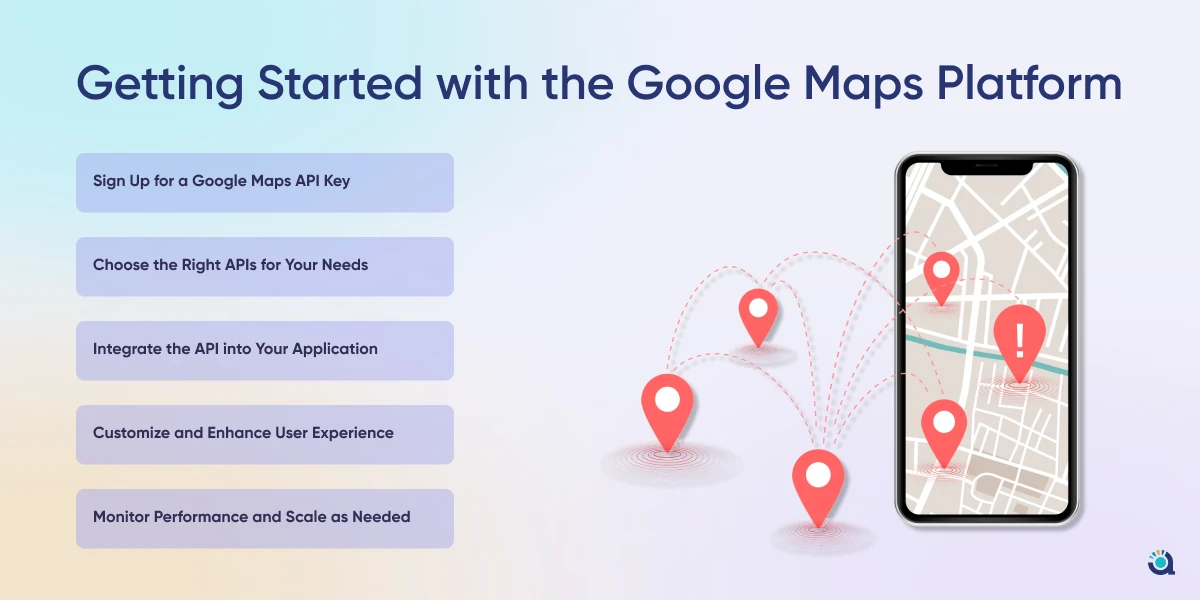
Now that you’re aware of the myriad benefits offered by the Google Maps API for businesses, let’s explore how you can begin leveraging this powerful platform:
Step1. Sign Up for a Google Maps API Key
To access the Google Maps API, you’ll need to sign up for a Google Cloud Platform account and obtain an API key. This key serves as a unique identifier for your application and authenticates your requests to the API. Google offers a range of pricing plans, including a free tier for low-volume usage and scalable options for businesses with higher demands.
Check out our detailed video tutorial titled “How to Obtain a Google Maps API Key.” This video provides a step-by-step guide on acquiring the Google Maps API, making the process easy to follow and understand.
Step2. Choose the Right APIs for Your Needs
Evaluate your business requirements and select the appropriate Google Maps APIs that align with your objectives. Whether you need geocoding services, mapping capabilities, or location-based search functionality, Google offers a comprehensive suite of APIs to suit various use cases.
Step3. Integrate the API into Your Application
Follow the documentation and developer guides provided by Google to seamlessly integrate the chosen APIs into your website, mobile app, or backend infrastructure. Leverage SDKs (Software Development Kits) and code samples to expedite the development process and ensure compatibility across different platforms.
Step4. Customize and Enhance User Experience
Experiment with the myriad customization options available within the Google Maps API to tailor the user experience according to your brand identity and design preferences. Implement features such as custom markers, overlays, and styling to create visually stunning and intuitive interfaces that captivate your audience.
Step5. Monitor Performance and Scale as Needed
Regularly monitor the usage and performance metrics of your Google Maps API implementation using the analytics dashboard provided by Google Cloud Platform. Evaluate usage patterns, API quotas, and billing statements to optimize costs and scale your infrastructure as your business grows.
Conclusion:
In conclusion, the Google Maps Platform offers a wealth of opportunities for businesses to harness the power of location data and deliver compelling experiences to their customers. Whether you’re looking to enhance marketing efforts, streamline operations, or analyze spatial trends, the Google Maps API provides a versatile toolkit to address a wide range of business needs. By leveraging the capabilities of Google Maps Platform, businesses can unlock new avenues for growth, innovation, and customer engagement in today’s digital landscape. So, why wait? Start exploring the possibilities and embark on your journey towards location-powered success with Google Maps today!



